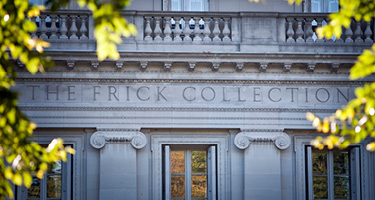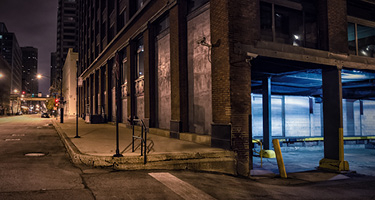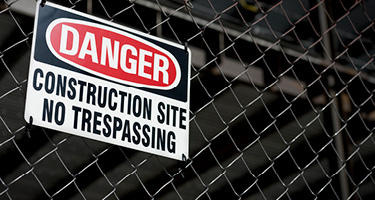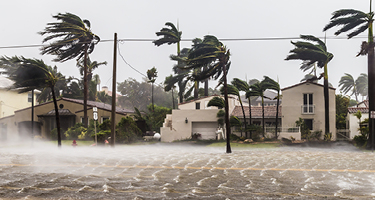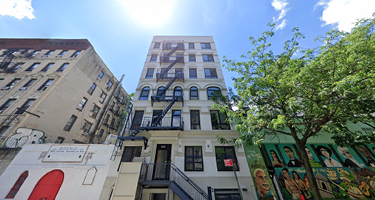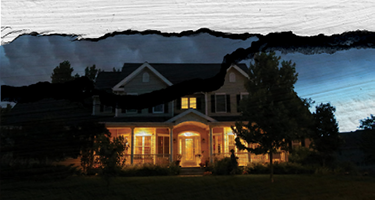Despite the recent interest rate cuts, U.S. home sales dropped more than expected in September. A new study sheds light on the typical American homeowner now staying in their home much longer and its considerable impact on the housing market.
A Growing Problem: Low Supply, Higher Prices
Redfin conducted the study and determined that the typical American homeowner has spent 13 years in their home. By comparison, homeowners were staying put an average of only eight years in 2010. What effect does this have? U.S. housing inventory has been experiencing a growing shortage problem for several years. As a report from Zillow shows, for-sale housing inventory slid 6.4 percent from September 2018 to September 2019. There are now less than 1.5 million homes on the market which is the smallest amount since 2013. This, in turn, causes a rise in home prices.
Senior citizens for example have more of an incentive to stay put as many local governments have implemented property tax reductions for its older residents. In addition, older Americans cite satisfaction with their communities, homes and quality of life as why they prefer to age in place. Freddie Mac has stated that seniors staying in their homes has caused a shortage of 1.6 million homes.
Oh, Millennials
Millennials list affordability, high student loan debt, lower wages than previous generations and a delay in marriage as their top reasons for lack of homeownership. One analysis estimated that 3.4 million millennials are missing out on homeownership. Indeed, millennials are eight percentage points behind earlier generations at the same age. With U.S. homebuilding tumbling from a 12-year high in September, we certainly hope the drop is temporary. The need for additional housing supply cannot be understated.
From the trenches,
Roy Oppenheim
Originally posted at South Florida Law Blog: https://southfloridalawblog.com/u-s-home-sales-decline-as-more-americans-are-staying-put/



